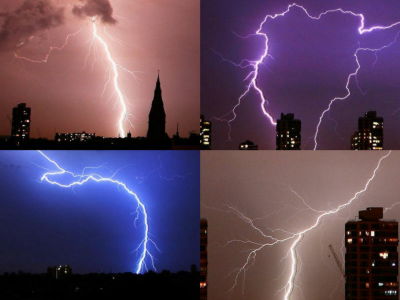What is the true identity of the 'phenosphene' that allows you to see the color behind the eyelids even with your eyes closed?

Of course, when you close your eyes, you can't see anything, but it's not completely dark and you can see different colors on the back of your eyelids. Experts explained in an easy-to-understand manner the true
Curious Kids: why do we see different colors when we close our eyes?
https://theconversation.com/curious-kids-why-do-we-see-different-colours-when-we-close-our-eyes-154378
According to Katrina Schmid, an optometrist at Queensland Institute of Technology, there are two main types of colors that can be seen when the eyes are closed. One is the color you can feel from the light passing through your eyelids when you close your eyes during the day or in a bright room. Many blood vessels pass through the eyelids, so if you close your eyes in a bright place, you will see a reddish color that is the same as the color of blood.

The other is the flicker of different colors and the glowing haze that you see when you close your eyes in a dark room with no light. This is a phenomenon called 'phenosphene' that makes you feel that you can see the light even though there is no light.
When you see a color that doesn't actually exist, it sounds like you're hallucinating, but the phosphene comes from the normal functioning of a healthy retina. A thin film called the retina spreads behind the eyes and acts as a sensor that detects the light that enters the eyes when looking at something. However, even when you are not looking at something, your retina is active and constantly sends signals of various lights and colors to your brain, so you feel that you can see the light even if you close your eyes. For this reason, Schmidt described the phosphene as 'a kind of illusion.'

Phosphenes are visible not only when the eyelids are closed, but also when the eyes are gently rubbed over the eyelids. According to Schmidt, the phosphene is visible when the eyes are rubbed because of the physical force exerted on the retina. The ring-shaped phosphene that you see when you press your eyes from above your eyelids can be said to be caused by the stimulation of your retina by the pressure of your fingers.
Others can see the light flickering when they move their eyes quickly in a dark room without having to press or rub their eyes. As a person grows older, the jelly-like tissue that fills the eyeball becomes a little watery, and the retina is pulled when the eye is moved suddenly, which can be felt as a phosphene. That's right.
Phosphene can occur even in people with a healthy retina, so seeing a phosphene is a normal phenomenon. However, if the color or light gets stronger or lasts longer, you may have a problem. For example, in

In addition, retinal detachment, in which the retina comes off from behind the eyes, requires urgent treatment, but even with this retinal detachment, it seems that something like a flashing light can be seen.
'If you see something you care about, or if your vision has changed significantly, we recommend that you see an ophthalmologist or optometrist,' Schmidt advised.
Related Posts:
in Science, Posted by log1l_ks







